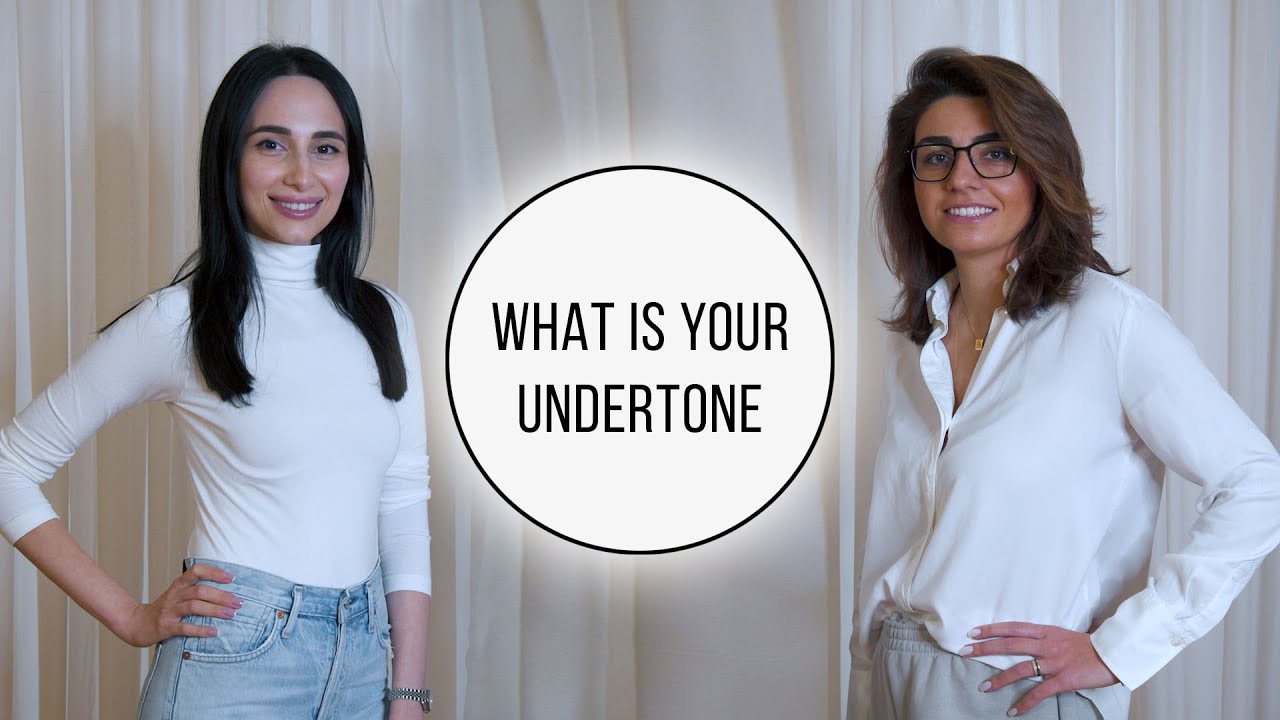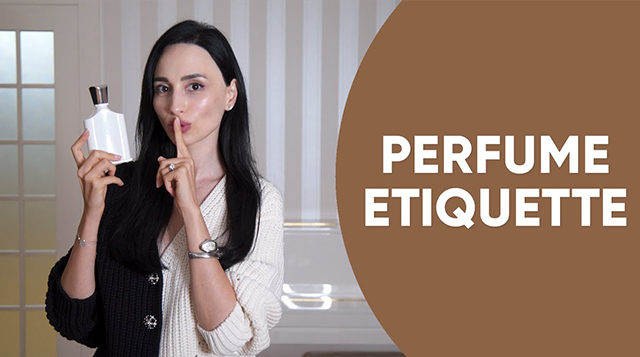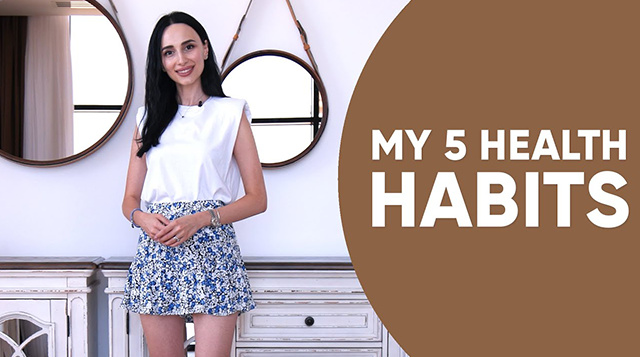
This blog will assist you in determining the best colors for you, your makeup, and your clothing choices.
You've all heard the term 'skin tone.' Many of us recognize that as the color of our skin, which we usually describe as dark, tanned, olive, fair, light, or pale.
The color of our skin can change over time as we become more tanned or move to different areas. We will get more sun if we live in a warmer climate, so our skin will produce more melanin and become more tanned.
However, the undertone, which is entirely different, will not change over time. It usually remains the same, regardless of the color of our skin.
For the longest time, makeup artists have been focused on finding the right makeup to match skin color. Whereas there's something more important, an undertone, that they've missed over the years.
People have a difficult time finding the right color to match their overall skin tone and undertone because makeup lines haven't created the perfect products that suit both the skin tone and the undertone.
However, over time, they have expanded their product line to include different skin tones. They have included elements that will assist you in finding the appropriate makeup for your undertone.
What is an undertone?
An undertone is a color beneath your skin that influences the overall hue, which can be cool, warm, or neutral. Let me first explain the three distinct undertones.
COOL - There is a cool one that has notes of blue, reddish, and purplish color to it.
WARM - This undertone has more yellowish, golden, brown notes to it.
NEUTRAL - This is a mixture of warm and cool undertones.
You can do three tests at home to find out what your undertone is.
1. Look at your veins.
| a) If you have blueish or purplish veins, you have a COOL undertone. |
b) If your veins look more green, then you have a WARM undertone. |
c) If your veins don’t stand out from your skin color and they blend in with your skin, then you have a NEUTRAL undertone. |
2. Try on different colors of jewelry
I'm sure you have different colors of accessories at home, such as gold, silver, and rosy. Put them on and see which one looks best on you.
| a) Whether white gold or perhaps rosy gold looks good on you, then you have a COOL undertone. | b) If yellow gold looks good on you, then you have a WARM undertone. |
c) If both golden and yellow look good on you, then you have a NEUTRAL undertone. |
3. Put on a white t-shirt.
| Put on a white t-shirt to determine your undertone. You can also use beige, brown, and dark black to determine your undertone. |
|
|
| a) When you put on the white shirt, and your face becomes lighter, brighter, pinker, or rosy in complexion, then you have a COOL undertone. |
b) If white makes you look more yellow, then you have a WARM undertone. To test if that’s your case, put on a beige or off-white t-shirt. If that looks better on you than a white t-shirt, then you have a WARM undertone. | c) If both white and off-white look good on you, then you have a NEUTRAL undertone. |
You can also use the color brown and black to test.
| a) If brown looks better on you, then you have a WARM undertone. |
b) If black looks good on you, then you have a COOL undertone. |
There's another way to put your undertone to the test. In general, if you tan easily, you have a WARM undertone. If you burn quickly, you have a COOL undertone. If you burn first and then tan, you will have a NEUTRAL undertone.
In that case, in my personal experience, I fall into the category of the neutral one. However, based on the other three tests, I am classified as having a cool undertone. To be honest, I don't believe in the tanning method for determining your undertone. Concentrate on the first three tests.
You'll be more likely to choose the right colors for your makeup and clothing if you've identified your undertone.
Concealer
a) Cool undertone - choose a concealer with a pink tint.
b) Warm undertone - opt for a yellowish concealer.
c) Neutral undertone - mix concealer from both to match your skin undertone.
Lipgloss, Lipsticks and Blush
a) Cool undertone - Choose red, pink, or rosy colors. If you're looking for the perfect red lipstick, look for one with a cool undertone. It has a dark yellow color with no orange undertones.
b) Warm undertone -Choose peachy pink, orange-red, and neutral colors. A lipstick with an orangish tone would be ideal in this case.
Bronzer and Highlighters
a) Cool undertone - Use as little bronzer as possible, or if you must, choose one with a cooler undertone. You'll recognize one when you see it. You can choose highlighters with a pink or silvery undertone.
b) Warm undertone - You can use any dark-colored bronzer and apply it liberally. You can also use a highlighter that has yellow or orange undertones.
When applying neutral makeup, knowing your undertone will come in handy.
Knowing your skin tone and undertone will help you find the right beauty products. This will assist you in enhancing your natural beauty. You'll find a concealer that makes it appear as if you're not wearing any.
When selecting a lipgloss, eyelid, or eyeshadow, choose colors that are two shades lighter or darker than your lip, cheek, and eyelid.
My skin tone is pale with a cool undertone. So, when selecting a concealer, I opt for one with a pinkish, beige-ish tint. So when I applied it, it blended in nicely with my skin. When it comes to lipstick, blush, or highlighter, I prefer the one with a more rosy complexion. It actually improves the appearance of my lips and cheeks. I do the same thing with my eyelids.
If I want to go for a more formal look, I'll simply highlight my eyes with eyeliner. But that's pretty much the makeup I use on a daily basis for work and leisure activities. I hope you found this blog useful and relevant to your daily life.





.svg)